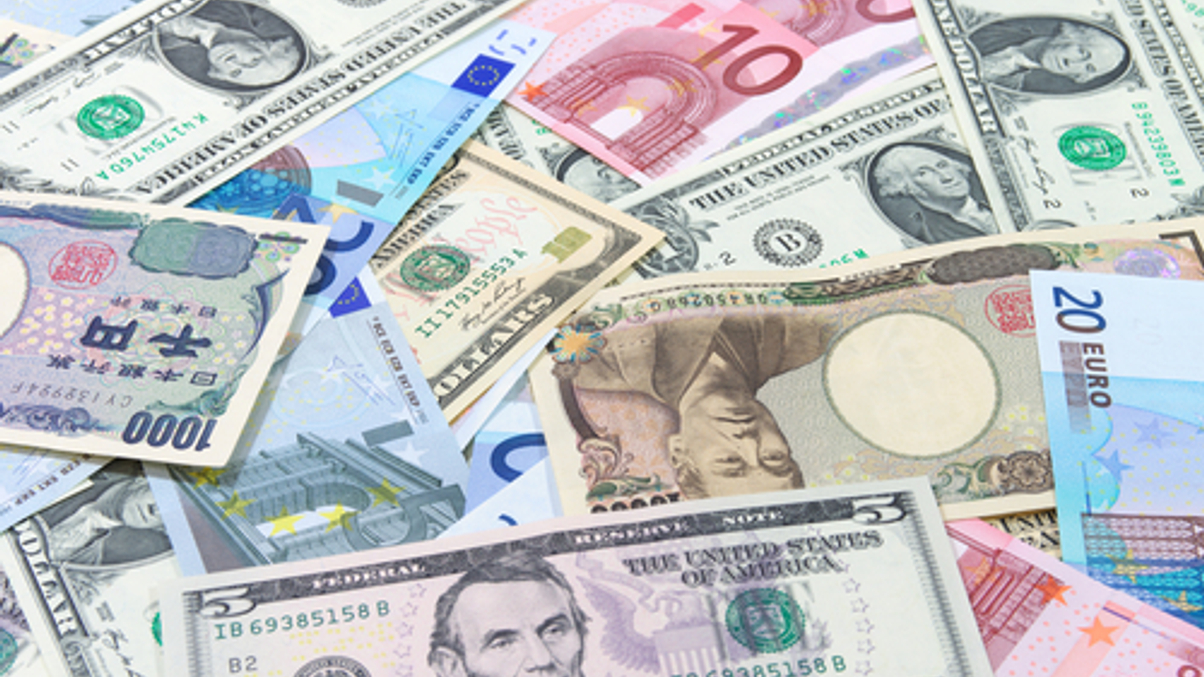Japanese pension funds brace for dwindling yen
Japanese pension funds are monitoring the yen’s extreme depreciation against the US dollar while considering next moves.

This year has seen the Japanese yen take a steep dive against other major currencies and especially the US dollar, which makes up the lion’s share of Japanese investors’ capital deployment overseas.
Sign In to Your Account
Access Exclusive AsianInvestor Content!
Please sign in to your subscription to unlock full access to our premium AI resources.
Free Registration & 7-Day Trial
Register now to enjoy a 7-day free trial—no registration fees required. Click the link to get started.
Note: This free trial is a one-time offer.
¬ Haymarket Media Limited. All rights reserved.


